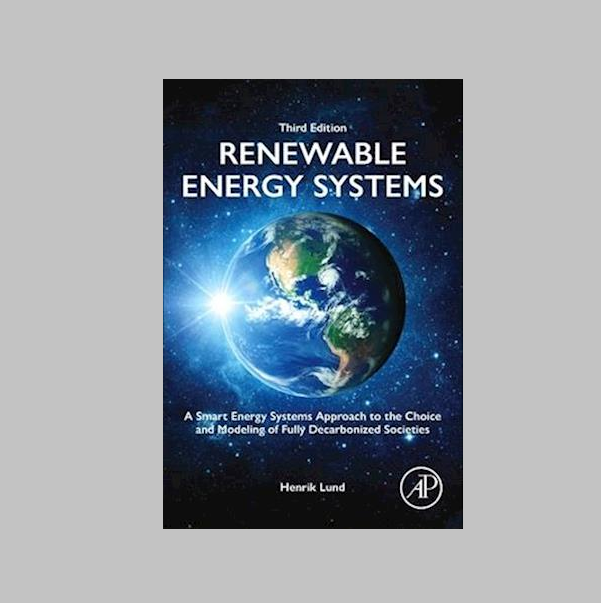The Impacts of High V2G Participation in a 100% Renewable Åland Energy System
Authors:
Michael Child, Alexander Nordling, Christian Breyer
A 100% renewable energy (RE) scenario featuring high participation in vehicle-to-grid (V2G) services was developed for the Åland islands for 2030 using the EnergyPLAN modelling tool. Hourly data was analysed to determine the roles of various energy storage solutions, notably V2G connections that extended into electric boat batteries. Two weeks of interest (max/min RE) generation were studied in detail to determine the roles of energy storage solutions. Participation in V2G connections facilitated high shares of variable RE on a daily and weekly basis. In a Sustainable Mobility scenario, high participation in V2G (2750 MWhe) resulted in less gas storage (1200 MWhth), electrolyser capacity (6.1 MWe), methanation capacity (3.9 MWhgas), and offshore wind power capacity (55 MWe) than other scenarios that featured lower V2G participation. Consequently, total annualised costs were lower (225 M /a). The influence of V2G connections on seasonal storage is an interesting result for a relatively cold, northern geographic area. A key point is that stored electricity need not only be considered as storage for future use by the grid, but V2G batteries can provide a buffer between generation of intermittent RE and its end-use. Direct consumption of intermittent RE further reduces the need for storage and generation capacities
Contact
If you experience further challenges using the model that are not answered in any one of pages at the site, you are more than welcome to contact us and we will try to help you.
Email us hereBook, 3rd Edition out now

3rd Edition Renewable Energy Systems – A Smart Energy Systems Approach to the Choice and Modeling of Fully Decarbonized Societies
By Professor Henrik Lund
List price: USD 100.00 / GBP 76.76 / EUR 87.20
Buy here